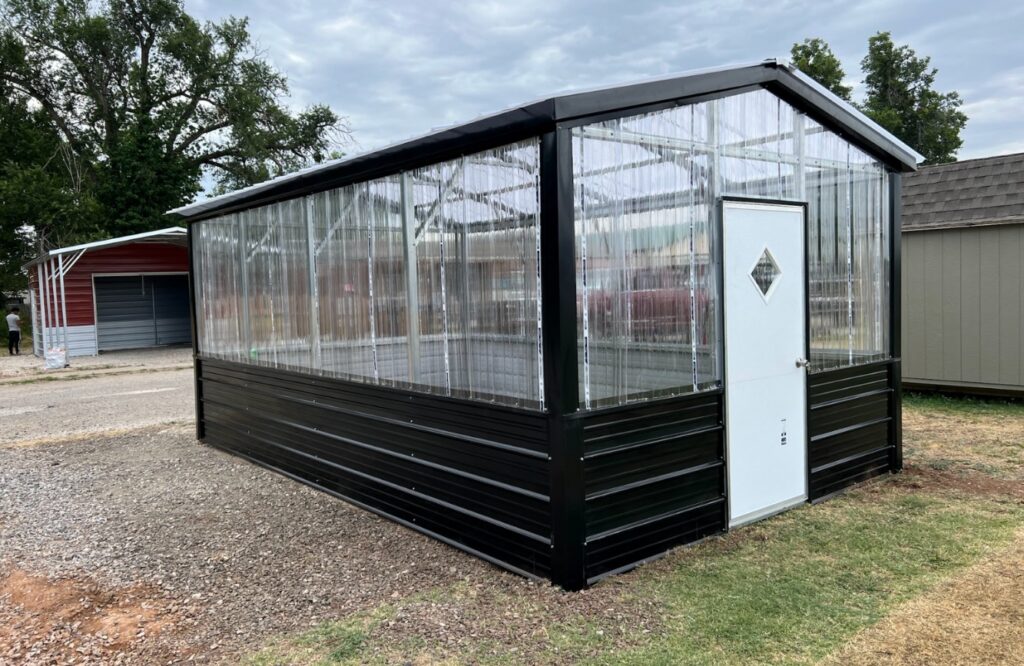
Steel carports are an excellent investment for protecting vehicles from the elements, providing shelter without the cost or complexity of a full garage.
However, designing a steel carport requires careful planning to ensure functionality, durability, and aesthetics. Here are some key design considerations to keep in mind when planning a steel carport.
1. Size and Dimensions
The size of your steel carport is one of the most important factors to consider. It should accommodate the number and type of vehicles you intend to park, whether it’s cars, trucks, RVs, or even boats.
A standard single-car carport typically measures around 12 feet by 20 feet, while a double-car carport requires approximately 20 feet by 20 feet. If you need extra space for storage or larger vehicles, customize the size accordingly. Additionally, consider height clearance, especially if you plan to shelter taller vehicles like RVs or trucks.
2. Material and Durability
Steel carports are known for their durability, but the type of steel and the quality of the materials used play a significant role in how long your carport lasts.
Look for high-quality, galvanized steel that resists rust and corrosion, especially in areas with harsh weather conditions like heavy rainfall and snow.
Opting for powder-coated finishes can also extend the lifespan of your carport by adding an extra layer of protection against the elements.
3. Roof Style
The roof design of your steel carport impacts both its functionality and appearance. There are several roofing options to choose from, such as:
- Flat Roof: This is the simplest design but may not be ideal for areas with heavy rain or snow as water drainage can be an issue.
- Gable Roof: A pitched roof with sloping sides, offering better water drainage and wind resistance.
- Vertical Roof: Designed with panels running vertically from the peak to the edge, this style is excellent for shedding snow and rain.
Consider the weather patterns in your area when selecting a roof design, as regions with heavy snowfall or rain may benefit from a gable or vertical roof.
4. Anchoring and Foundation
Proper anchoring is critical for the stability of your steel carport. Depending on where you install it—whether on soil, concrete, or gravel—you’ll need the right type of anchors to secure the structure. Concrete is generally the best option for a solid foundation, providing long-term stability, but you can also anchor to dirt or gravel with the proper tools.
5. Customization Options
Steel carports can be customized to fit your specific needs and preferences. Options include adding side panels for extra protection from the elements, integrated storage spaces, or even solar panels for eco-friendly energy. The color of the steel, trim, and roof can also be customized to match your home’s aesthetic, providing both function and curb appeal.
